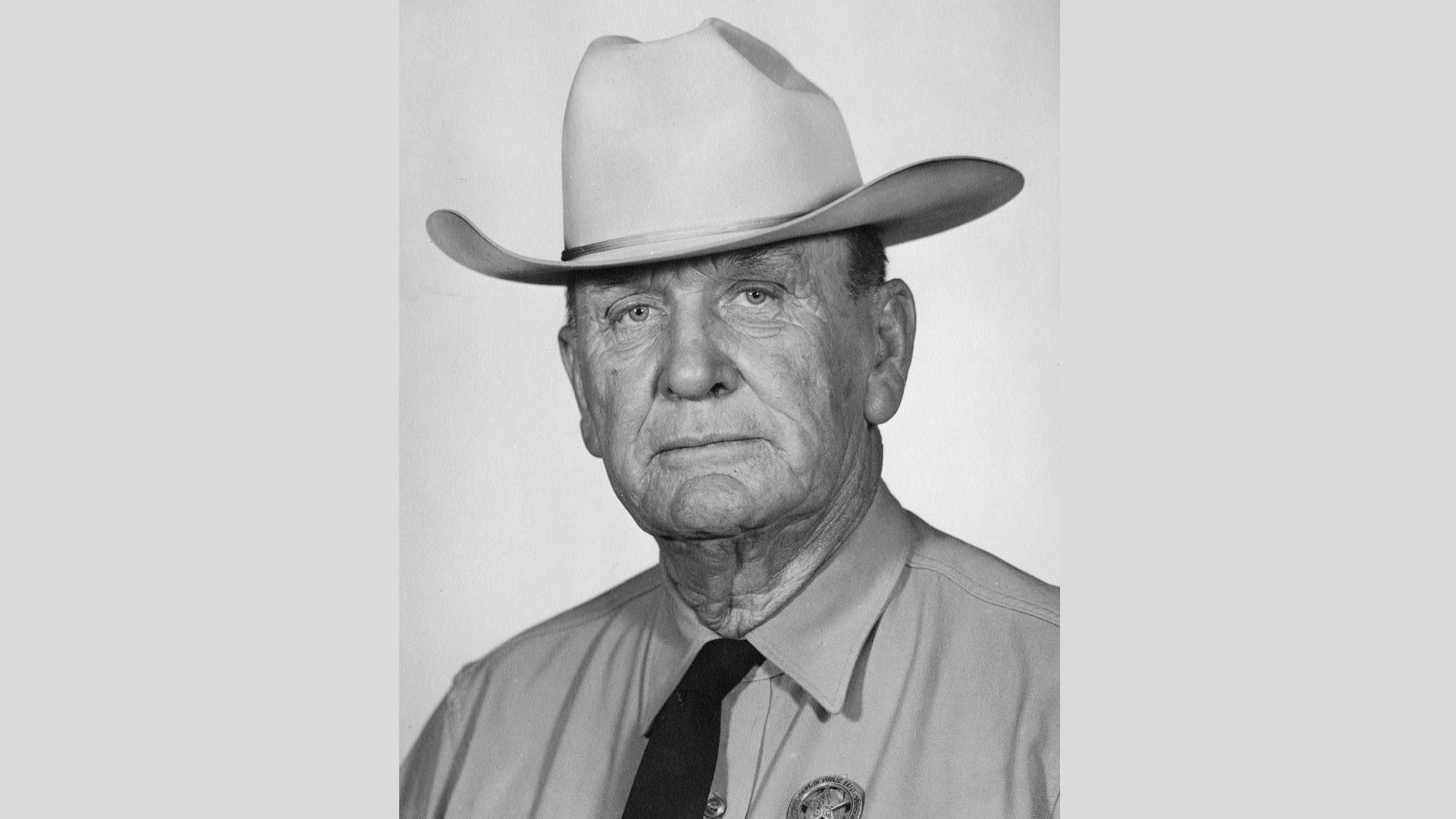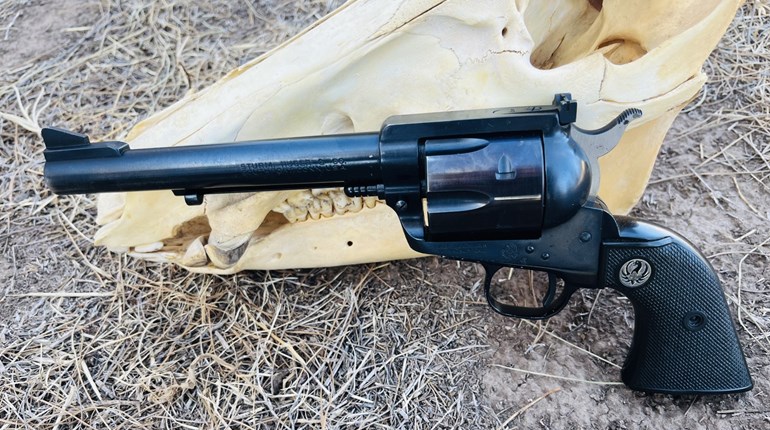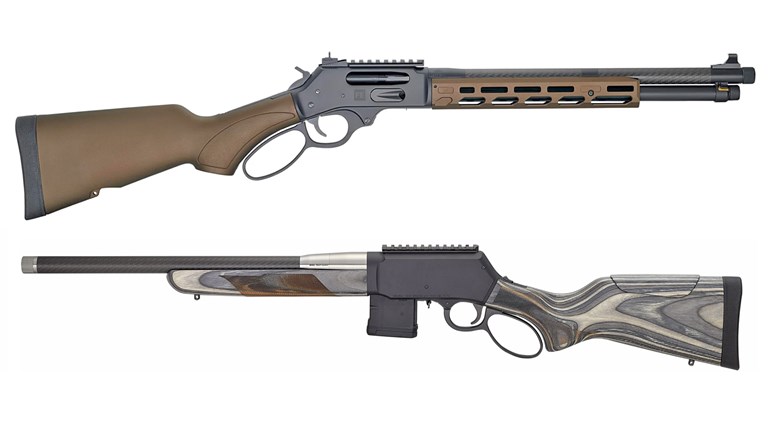
One of the most interesting lawmen of the early 20th century was Texas Ranger Charles E. “Charlie” Miller. Miller first joined the Rangers in 1919 and served as a Texas Ranger or Special Texas Ranger until 1968, with the exception of a few years when he served as a Federal Prohibition officer. Miller was also a particular favorite of Captain Frank Hamer, who knew he could count on Miller to get the job done—no matter what it might be. I was told that Miller had survived about seven or eight gunfights.
Like Hamer, there were always stories and legends associated with Miller. As an example of how times have changed, there was the time that Miller and another Ranger went into a cafe down on the Rio Grande for a cup of coffee. Unfortunately, the folks who ran the cafe didn’t like Rangers and wouldn’t serve Miller and his partner. After a polite request for coffee was ignored, Miller jerked his 1911 and shot a hole in the coffee urn from which he proceeded to fill his cup. There’s no need to describe the sort of trouble that would cause one of today’s officers. In fact, such a terribly unsafe act probably caused Miller some trouble, or at least it should have, but that part of the story has been forgotten.
The interesting thing about Ranger Miller and his times is officers of that era were going through some big changes. They were transitioning from horseback lawmen chasing cattle rustlers along the Rio Grande to modern investigators and peace keepers. More and more, their duties found them trying to restore order in the early oil field boomtowns or chasing gangsters and bank robbers of the Depression era.
Keeping up with all the changes, they were also taking a hard look at their equipment. Officers of that era were beginning to replace their single-action revolvers and Winchester lever actions in favor of more modern firearms. Winchester and Remington semi-automatic carbines were gaining a following, as were Remington pump-action rifles and even the Thompson submachine gun. At the same time, double-action revolvers and the Colt 1911 were gaining advocates.
Charlie Miller was one of those who, very early on, developed a preference for the Colt 1911 in .45 ACP. The revolver was still king, but the semi-auto pistol was gaining a foothold.
It is also interesting to note that condition-one, or cocked-and-locked, carry was certainly not the order of the day at that time. Miller carried his 1911 with a round in the chamber and the hammer in the half-cock or condition-two position. To get into action, he cocked the hammer with this shooting thumb as he drew the pistol, much as one would draw and shoot a single-action revolver. While I certainly don’t advocate this type of carry for single-action semi-autos, I find it interesting as a part of the evolution of pistolcraft.
Even more interesting is the fact that Miller chose to deactivate his grip safety by wrapping it with rawhide lace. Apparently, in one particular fight Miller had trouble depressing the grip safety of his pistol and was almost killed as a result. After that, Miller tied down the grip safety on any 1911 he carried.
While these practices are uncommon today and, some might say, ill-advised due to safety concerns, they are nonetheless interesting. Cocked-and-locked carry was not invented overnight and the Modern Technique of the Pistol is actually the result of years of gathering fighting approaches that are practical and work. People like Miller, Frank Hamer, Rex Applegate, J.H. FitzGerald and many others led the way to improving the craft.
So, sometime about 1960, it was decided that the Texas Rangers ought to have regular firearm-training sessions. Reeves Jungkind, later well known for his ability to tune Colt Python revolvers, was one of the Highway Patrol range officers assigned to see that the training session came off safely.
Later, he told me that Charlie Miller showed up with his 1911 stuffed in his waistband without a holster. Jungkind noticed the gun being on half cock and the grip safety tied down with rawhide. “Mr. Miller,” he said, “Isn’t that dangerous?”
“Son,” said Miller, “If the damned old thing wasn’t dangerous, I wouldn’t be wearing it!”
Texas Ranger Charlie Miller was a lawman in an era of transition. He, and those like him, through trial and error, perfected the defensive-shooting skills that we take advantage of today.




































